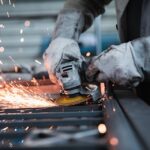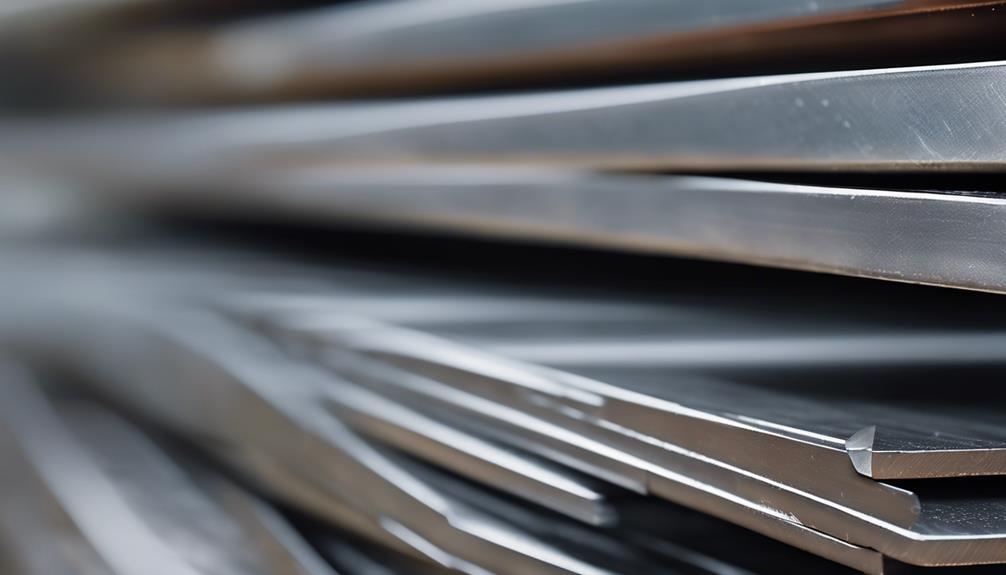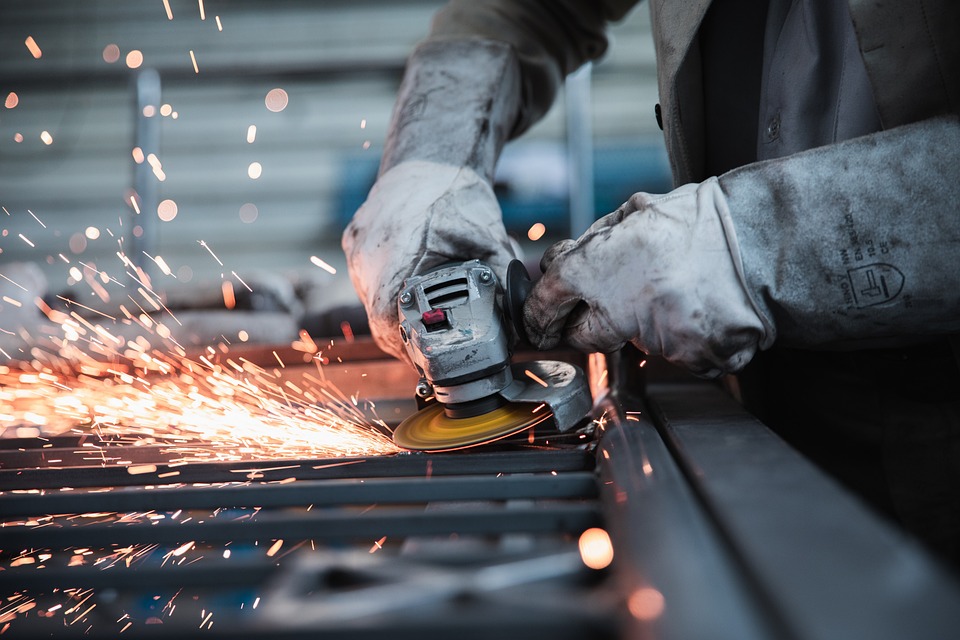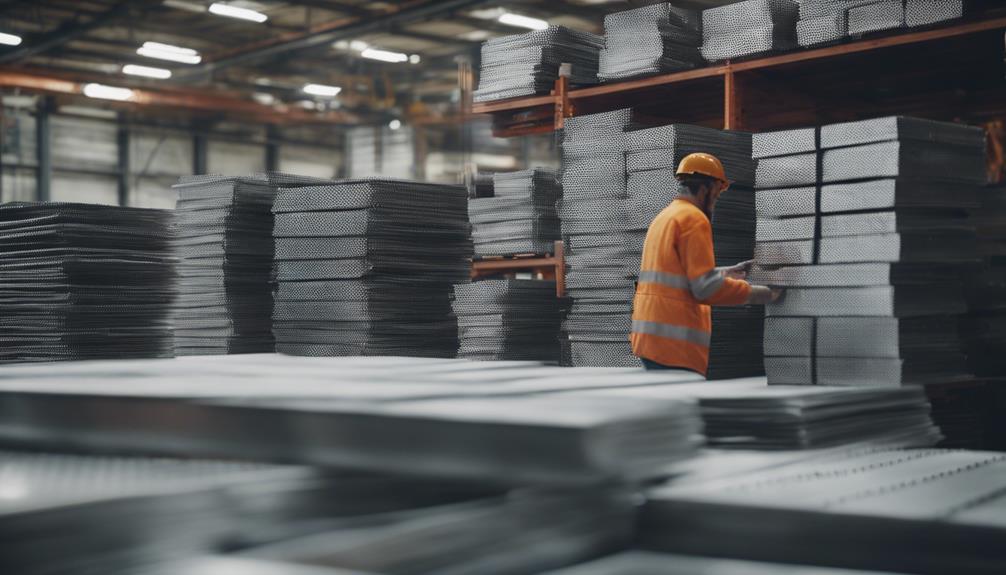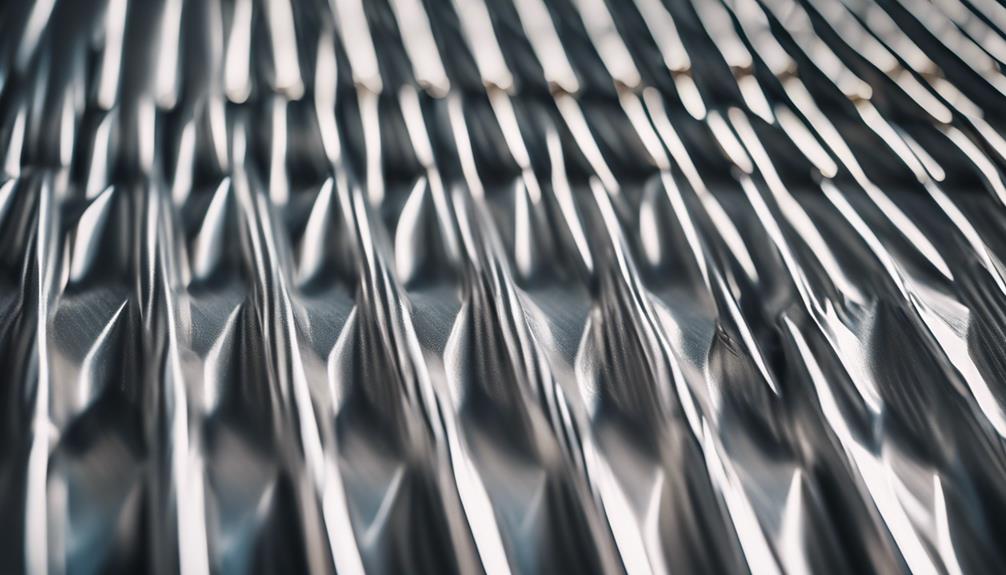Flat bar steel offers excellent weldability, machining properties, and versatility due to its ability to bend easily, making it a popular choice for applications like shelving and sculptures. This material is commonly used in construction for its important welding and forming characteristics, particularly in projects requiring structural strength. Understanding ASTM specifications and proper maintenance techniques are vital for achieving precise and durable results. Exploring the various advantages, common applications, machining techniques, and specifications will provide a thorough understanding of the benefits of flat bar steel.
Key Takeaways
- Excellent weldability and machining properties for easy joining and precise shaping.
- Versatile bending and forming abilities for various applications.
- Commonly used in shelving, sculptures, and structural projects.
- ASTM specifications like A36 and A569 ensure quality standards.
- Regular maintenance, cleaning, and rust protection are essential for durability.
Advantages of Flat Bar Steel
Flat Bar Steel offers numerous advantages that make it a preferred choice in various industries and applications. The characteristics of Rolled Steel Flat make it highly desirable for many projects. Its excellent weldability simplifies the process of joining pieces, enhancing construction efficiency. The good machining and grinding properties of Flat bar steel enable precise shaping and finishing, essential for achieving desired specifications. Furthermore, its ability to bend and form easily adds to its versatility, allowing for the creation of diverse structures and components. While it provides fair wear resistance, additional treatment may be necessary for high-wear applications. These advantages position Flat Bar Steel as an affordable and customizable option for applications like shelving, sculptures, trim, bracing, and brackets.
Common Applications
Steel flat bars find extensive use in a variety of applications, ranging from shelving and sculptures to trim and bracing, due to their versatility and affordability. Commonly made from low carbon steel, or mild steel, these flat bars are often custom cut to meet specific project requirements. ASTM A36 flat bar steel, a type of carbon steel, is particularly favored for structural projects due to its excellent welding, forming, and machining properties. It is commonly utilized in the construction of bridges, buildings, and reinforcement products where riveting, bolting, or welding is required. The rough, blue-grey finish with dull rounded edges of A36 hot rolled steel flat bars adds to their suitability for these applications.
Machining and Welding Techniques
Proficiently executing machining and welding techniques on flat bar steel requires a thorough understanding of the material's properties and the intricacies of each respective process. Hot Rolled Steel, commonly used in flat bar steel, offers excellent machinability, allowing for processes such as drilling, punching, tapping, and grinding to be carried out effectively. When it comes to welding, flat bar steel is known for its excellent welding characteristics, making it a suitable choice for various fabrication and construction applications. The smooth finish of ASTM A569 flat bar steel further enhances its machining and welding capabilities. Additionally, A36 flat bar steel, with its slightly grainy mill finish, provides good welding characteristics, particularly in structural applications. Mastering these techniques is essential for achieving precise and durable metalwork results.
ASTM Specifications for Flat Bar Steel
When considering flat bar steel, understanding the ASTM specifications is essential for ensuring the material meets the required standards for various applications. ASTM A569 and A36 are common specifications for flat bar steel, each offering distinct characteristics. ASTM A569 typically features a smooth finish, while A36 is known for its slightly grainy mill finish. A36 flat bar steel is particularly well-suited for structural and mechanical applications due to its excellent welding and machining properties. With a yield point of 36,000 psi and a tensile strength range of 48-80,000 psi, A36 steel is commonly used in projects requiring fair wear resistance. Its low carbon content and cost-effectiveness make it a popular choice for applications such as shelving, sculptures, trim, bracing, and brackets.
Maintenance Tips for Flat Bar Steel
To guarantee the longevity and peak performance of flat bar steel, implementing effective maintenance practices is essential. Regularly cleaning flat bar steel to remove dirt, debris, and moisture is critical in preventing corrosion. Applying a rust-resistant coating or paint can protect the steel from environmental elements. It is important to inspect flat bar steel for any signs of damage or wear, such as cracks or bends, and address them promptly to maintain structural integrity. When storing flat bar steel, make sure it is kept in a dry, covered area to prevent exposure to moisture and humidity. Always use appropriate tools and equipment when working with flat bar steel to avoid causing damage or compromising its quality.
Frequently Asked Questions
What Is Flat Bar Steel?
Flat bar steel is a versatile metal component with a flat, rectangular shape, commonly utilized in construction and industrial sectors. It is available in various materials like A36 and A569, offering distinct properties and finishes.
What Are the Sizes of Flat Bar?
Various sizes of flat bars are available, ranging from 1/8 x 1/2 to 3/16 x 1/2 inches, with weights per foot ranging from 0.213 to 0.319 lbs. Length options can extend up to 240 inches, catering to diverse project needs.
What Is the Strength of a Flat Bar?
The strength of a flat bar, such as A36 steel, is determined by its yield point and tensile strength, ranging from 36,000 to 80,000 psi. This indicates its structural integrity and ability to withstand forces.
How Much Weight Can a Steel Flat Bar Hold?
The weight a steel flat bar can hold is influenced by factors such as dimensions, material type, and support conditions. Engineers calculate its load-bearing capacity based on section modulus and moment of inertia, with larger bars supporting heavier loads.





